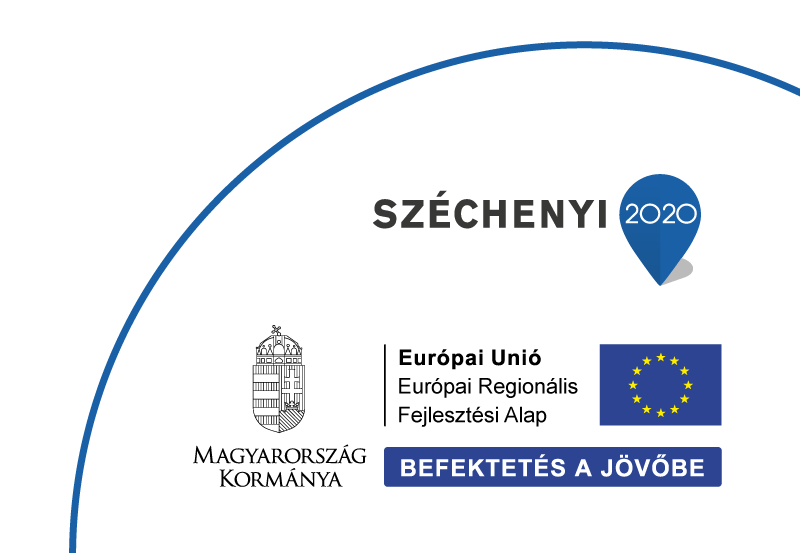Two Picarro Cavity Ring-Down Spectroscopy (CRDS) analysers
ICER
Two Picarro Cavity Ring-Down Spectroscopy (CRDS) analysers installed at ICER Centre for Real-Time Atmospheric Monitoring of Stable Isotopes and Trace Greenhouse Gases as CO2 and CH4.

The Picarro G2401 (CO2 + CO + CH4 + H2O) CRDS Analyzer is a field-deployable analyzer for measuring atmospheric trace gases. It provides simultaneous and continuous measurement of four atmospheric trace gases at a globally recognized for precision, accuracy, and portability. Near-infrared Cavity Ring-Down Spectroscopy (CRDS) technology is capable of measuring CO2, CO, CH4 and water vapor down to parts-per-billion (ppb) sensitivity with negligible drift for months of continuous high quality data collection.

The Picarro G2201-i Analyzer combines capabilities of two carbon isotope instruments for CO2 and CH4into a single instrument. Using this instrumnet Researchers can follow carbon as it moves from source to sink with a single instrument. Its small size and robustness make it easy to transport to the field, where immediate results allow researchers to change course on-the-fly and achieve optimal results from limited-time field campaigns.
Picarro analyzers use time-based, optical absorption spectroscopy of the target gases to determine concentration or isotopic composition. They are based on wavelength-scanned cavity ring-down spectroscopy (WS-CRDS), a technology in which light circulates many times through the sample, creating a very long effective path length for the light to interact with the sample, thus, enabling excellent detection sensitivity in a compact and rugged instrument.

Nearly every small gas-phase molecule (e.g., CO2, H2O, H2S, NH3) and isotopologue (e.g., H218O, 13CO2, 15N14N16O) uniquely absorbs specific wavelengths of near-infrared light. The strength of the light absorption is related to the concentration of a molecule in a sample and the distance that light travels through the sample, called the pathlength. Conventional infrared spectrometers are typically only sensitive enough to detect trace gases at levels in the part-per-millions. Cavity Ring-Down Spectroscopy (CRDS), on the other hand, is one thousand to one million more times sensitive. The increased sensitivity of CRDS is due to the design of sample cavity and the time-based measurement. In the cavity, a series of mirrors reflects light through the sample, increasing the distance that light travels through the sample. For a Picarro cavity of only 25 cm in length, the effective pathlength within the cavity can be over 20 kilometers.

